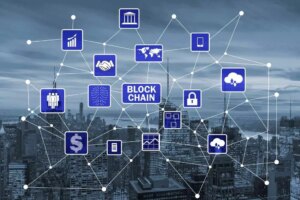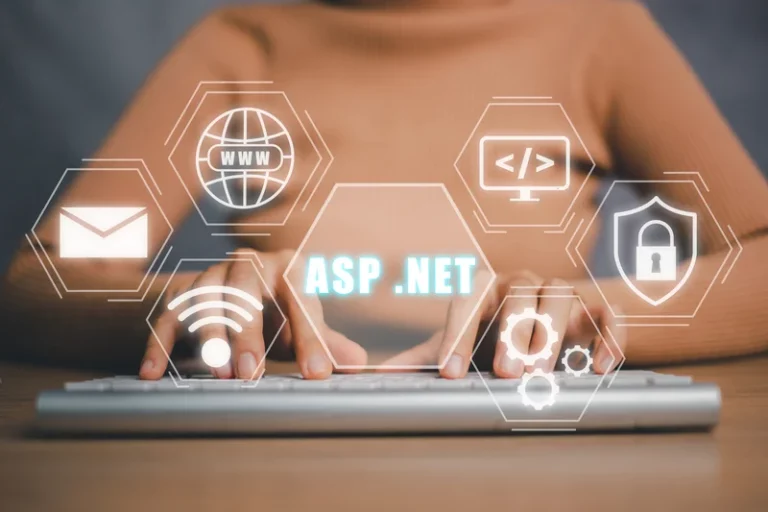The accessibility accommodations powered by technology are constantly growing. With VR technology, you can participate in virtual environments that simulate real-world scenarios, allowing you to collaborate and communicate with your peers more dynamically. VR-enhanced peer interaction in educational settings can help you develop a deeper sense of empathy and promote lifelong learning. These examples, however, illustrate just a very small fraction of the potential uses of virtual reality and other technologies in schools and the benefits to students.

Not only science, but VR devices are also scaling experience in learning fields. Students who play sports can closely experience their performance by looking at the recorded matches and studying it from every what is virtual reality in education angle. History classes become more engaging and lively by taking students into the virtual realm of the past. In fact, the possibilities that come with using virtual reality in the classroom are endless.
What is Virtual Reality Learning?
This experience would help them understand the job and give them insights on what to write in their essay. Half of the students were studying at Harvard, half at Zhejiang University, and were working together as avatars in a VR-equipped classroom to study ancient Egyptian characters along a tomb. Both were using the standalone Oculus Go headset (now discontinued), and worked together to identify certain hieroglyphics. Virtual Reality (VR) has the potential to transform the way we learn and teach, from providing in-depth knowledge and helping us understand complex subjects to facilitating language immersion and virtual trips.
The decision tree is the blueprint of the experience and contains the storyline through the situation presented to the learner (eg. an angry guest) and the different options the learner can take to respond. This is a useful way to test decision-making and problem-solving, however the learner is limited to a set number of options, unlike in real-life. It is therefore strongly advised to follow ethical guidelines for responsible development and delivery of 360 content. Educators deciding to use 360 video should become conscious of and understand these challenges themselves, clearly communicate the health and safety precautions to learners upfront and not compel learners to use headsets. The medium is useful for building observational skills and advancing procedural knowledge e.g. training the eye of the manager in a restaurant to identify angry guests and maintain equipment. After placing the learner in a situation, the student can be asked to take a decision which results in an outcome in the scene based on the learner’s choice.
Game-Based Experiences
They can watch content related to nature, wildlife, space adventures, culture, history, environmental problems, and so on. Group studies are an important part of student life and contribute to overall learning experiences. Group learning is one of the most effective ways to learn things as it involves collegiality and debate. It is a well-known fact that people learn the best by doing things themselves.
VR training simulators allow educators to scale at a far lower cost, and provide greater learning opportunities. The combination of VR and AI, such as ChatGPT, further enhances the learning experience by creating virtual environments where students can engage in conversations and simulations. These AI-powered virtual characters serve as invaluable resources, acting as virtual tutors, mentors, or even simulated job interviewers. The main challenge in the development of a custom VR education application is that you have to create many of the elements from scratch.
Definition of the study
In addition, 360 video is great for learning about cultural nuances through intercultural encounters as well as providing authentic cultural experiences and virtual tours of historic sites. 360 video is also good for experiencing dangerous or risky situations that can be difficult to experience in reality. A key benefit of using VR in education is that you learn through experience. VR allows us to bring 2D objects to life and makes visualization a reality, enabling us to experience real scenarios or fabricated experiences over and over, and learn in an immersive way. Finally, when we’re comparing virtual and augmented realities, VR can deliver a wholesome experience, AR can take a more supplementary role in the educational process, so both can be very useful. Furthermore, VR entertainment centers are popping up everywhere and there might be one near you.

Projects like Augment Education are pushing the boundaries of what is possible in this realm. It is relatively easy to use and can be considered something of a swiss army knife of current AR tools. Augment Education helps teachers and students to try their hand at constructing various objects and animating them via extensive libraries of shapes, objects, and actions. Following are example attempts at applying virtual reality in classrooms. Spending extended time in virtual reality may lead to physical impacts such as disorientation, decreased spatial awareness, and feeling dizzy and nauseous30.
Expanded Teaching Possibilities
However, using AR and VR in K-12 education also poses some challenges and requires some preparation for teachers and educators. Here are some tips on how to get ready for integrating AR and VR in your classroom. The interactive elements of AR and VR provide useful, real-time feedback for educators and helpful visuals for students. As we said, student engagement is not always high and some instructors have tried virtual or augmented reality for a cure. AR and VR are certainly still evolving, but they’re effective enough to have a legitimate place in the modern classroom.
Early research even suggests that VR users with various health impairments may stand to gain the most from using VR therapeutically and recreationally. Or, with the Virtual Reality Universe Project, students can zoom all the way out and explore a virtual universe based on the most detailed contemporary astrophysical and cosmological data. Imagine flying past galaxies, space stations, planets, multicolored gas, stars and black holes in real time. With AR and VR, people without access to certain resources can build practical skills through experiential learning. These kinds of experiences not only expand intellectual intelligence, but also our emotional intelligence.
Want to Learn More?
(B) Students interacting through the virtual reality (VR) goggles and with the screen. We are a software developing company, and we’ll help you make your VR idea come to life. Biztech Consultancy assures you affordable pricing for successful execution of your Virtual Reality Education app idea with the latest features and appropriate monetization strategies. While calculating the actual cost of developing a Virtual Reality Education app for Android or iOS, the platform (Android or iOS) plays an important role. Without discussing more on the pricing of developing VR education apps, here is a brief analysis of estimation for a VR education app development. It also isn’t much comfortable for professional educators and learners to use cummbersome headgear.
- Educational technologies can improve science courses by implementing effective scientific activities and bringing students closer to abstract situations that are difficult to recognize in real life (Sahin and Yilmaz, 2020).
- Though they have their differences, both AR and VR could increase learning opportunities.
- It is applicable to industries like pharma, organic chemistry, biology, and more.
- As education evolves to keep pace with our ever-changing world, virtual reality (VR) has emerged as a powerful tool that offers significant benefits to both educators and learners.
VR can also be highly effective for teaching soft skills, such as communication, empathy, and leadership. PwC found that VR-based learners were 3.75 times more emotionally connected to learning content in a course on diversity and inclusion, leading to better long-term learning outcomes. A study conducted by PwC found that VR learners were 150% less distracted when compared to their peers in classroom training and e-learning modules. By reducing the impact of external distractions, VR-based education enables students to concentrate more effectively and get more out of their training sessions. In today’s fast-paced, technology-driven world, maintaining focus and minimizing distractions has become increasingly challenging for students.
Deepening Learning with Virtual Reality Tools
One of the most obvious benefits of VR is transforming lectures into immersive learning experiences, enabling lecturers to truly bring their subject to life. As an example, a student interested in becoming https://www.globalcloudteam.com/ a mechanic will be able to do an oil change or change an engine using virtual reality in an augmented universe. This gives them the skills that they need without putting them in a dangerous environment.
Related posts
Creating A Brand New Consumer Interface For The Funding App
Software development : 23.10.2023 : 0 ComentariiTo ensure you keep within a reasonable vary, consider your competitors’ fees before setting commissions for any transaction. Once the […]
Learn Software Testing Tutorial
Software development : 04.08.2023 : 0 ComentariiFor instance, freeCodeCamp’s math curriculum is available for beta testing here. It is an aspect of acceptance testing done before […]
Startup CTO: Main Roles, Responsibilities, and Challenges Trio Developers
Software development : 25.05.2023 : 0 ComentariiIt is important that technology investments are governed well, policies and principles are set and resources are well managed. This […]
What Is DevOps: Cloud Development Operations
Software development : 12.04.2023 : 0 ComentariiPublic cloud computing also lends itself well to big data processing, which demands enormous compute resources for relatively short durations. […]